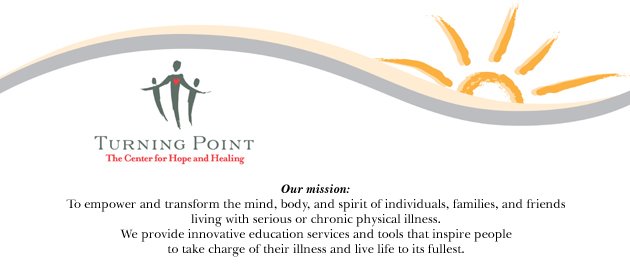If we meet a tiger occasionally, our brains can handle the associated stress (if we get the recovery time). However, our bodies are not built to have tigers on our doorsteps for days, weeks, or months. When this happens, our bodies break down.
When you meet a tiger, your brain puts your body into a fight/flight state. The fight/flight state can be recognized if you know what to look for. Why look? Because, if you can train yourself to reverse the state, you can decrease the stress on your body.
Symptoms of the fight/flight state include:
- Pupils dilate to let more light in
- Air pathways dilate to let more air into the lungs
- Saliva becomes sticky so it doesn’t flow into the lungs
- Blood vessels in the skin constrict so the blood can coagulate, therefore your hands and feet get very cold.
- Blood leaves the intestines and goes to the skeletal muscles to prepare you to fight or flee for your life.
- Heart pumps and blood pressure rises
- Breathing becomes shallow
- Palms of hands become sweaty
One of the ten facets of resilience is the ability to self-calm. If you can identify the symptoms of stress and learn self-calming techniques, you will be able to reverse the fight/flight response and recover quickly from stressors.
Some of the best ways to self-calm and replenish yourself:

No comments:
Post a Comment